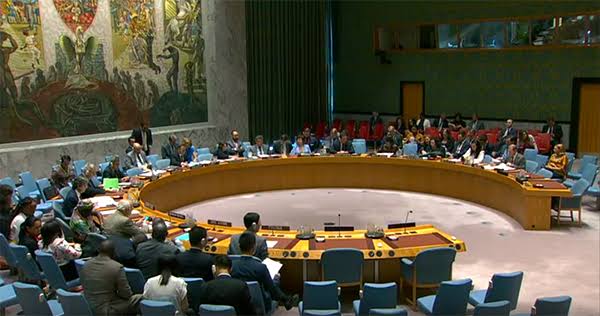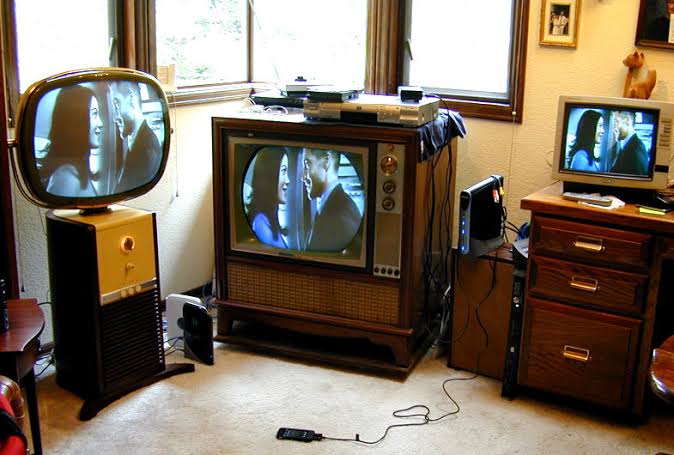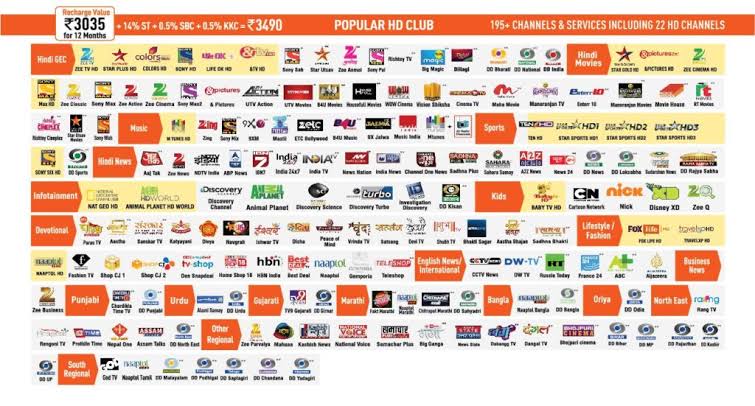With the intensifying reliance on the internet, laptops, and mobile phones, one may marvel about the odds of television for video consumption. Regardless, television proceeds to persist as the largest source of visual media. The COVID-19 pandemic has propelled television viewership to new heights. With social distancing and work-from-home becoming the new normal.
Today, television has seized the center stage at homes for family bonding and entertainment as family viewing has come back live and drastically boosted in comparison to individual viewing on distinct screens. On this World Television Day, let’s learn more about this visual medium.
What is Television?
Television is a mass media that furnishes entertainment, education, news, politics, gossip, etc. It is a medium for communicating moving images in two or three dimensions along with the sound. Undoubtedly, it is an active powerhouse of both education and entertainment. It plays a significant role in the community by transmitting the information.
World Television Day: History

On 21st November and 22nd November 1996, the U.N. carried out the first World Television Forum. It contributed to a stage and enabled agencies to discuss the significance of TV in conveying information and also how it’s partaking in the altering world. It is the single enormous source of video viewing.
Thus, the UN General Assembly on 17 December 1996, through resolution 51/205 inaugurated 21st November as World Television Day to celebrate the date on which World Television Forum was held. It was done by seeing the effect of Television on the procedure of decision-making. Television is important equipment and so acknowledged in instructing, directing, and influencing public opinion. We can’t refute its influence on world politics.
Television in India
India obtained its first television by an engineering student, B Sivakumaran. His TV was showcased at an event in Chennai. The TV used a cathode-ray tube, but it wasn’t prepared for broadcasting. The first household to own a TV in India was the prosperous ‘Niyogi family’ residents of Kolkata.

The terrestrial television began with the empirical telecast in Delhi on September 15, 1959, with a tiny transmitter and a makeshift studio. The ordinary daily transmission commenced in the year 1965 as part of All India Radio. The television service was broadened to Bombay (now, Mumbai) and Amritsar in the year 1972.
As for the initial TV channel, the history was established by Doordarshan in 1959. The channel was originally called ‘Television India’ and they renamed the channel to ‘Doordarshan’ in the year 1975.
Earlier, the channel aired for only half an hour for three days a week. The organization finally commenced broadcasting daily in the year 1965. It attained even more popularity when renowned TV serials like ‘Ramayana’ and ‘Mahabharata’ were initiated in the year 1986.
World Television Day: Celebrations
Every year Several people meet together and encourage ‘World Television Day’ comprising journalists, writers, bloggers who circulate and share their views regarding the role of television in the print media, broadcast media, and social media.
In schools, various guest speakers are asked to talk about media and communication problems. They talk over the topics like what is the function of television in our lives, how television facilitates cultural diversity and a mutual understanding, how it contributes to a connection between democracy and television, and also the function of television in social, political, and economic growths.
This day also restores the role of governments, organizations, and individuals to assist the development of television media in delivering unbiased data about important problems and events that influence society. To back the international news outlets and to catch up with the audiences, the United Nations donates a suite of multimedia commodities and assistance by encircling the work both at Headquarters and around the world.

The UN Videos are also generated for news, social platforms, and also for reporting partners in six official languages including French, Spanish, English, Chinese, Arabic, Russian, and also in Hindi, Kiswahili, and Portuguese.
Therefore, World Television Day is commemorated on 20th November to boost awareness among people about the part that it plays in the transmission of the news and globalization.
Some Fun Facts about Television
- TV facilitates the economy by providing countless offers for jobs. Over 1.2 million population in the European Union alone are engaged in the media sector

- The creator of television would not let his kids watch TV. He earlier explained to his son “There’s nothing on it worthwhile, and we’re not going to watch it in this household, and I don’t want it in your intellectual diet.” – Philo T Farnsworth.

- In France, 63% of kids between the age of 0 and 15 live in a home with 4 screens (TV, computer, tablet, etc.)

- British show ‘Top Gear’ is the widely watched television show in the world, with a calculated rate of 350 million weekly spectators in 170 countries.

- Most people dream in color, but those that matured watching black and white television frequently dream in black and white.

- Sony commenced selling VCRs in 1970 that were compatible with recording television shows. However, Sony was prosecuted by the film studios for copyright piracy. Later on, the US Supreme Court supported Sony.

- In Canada, adults between 18-34 years of age spent an average of 13.5 hours weekly watching TV in 2018.
- Queen Elizabeth II has launched her own YouTube channel, 50-years after she first recognized the UK public on TV on Christmas morning.

- Doordarshan used to be a part of the All India Radio till 1976. It became a national broadcaster in 1982.
- Colour television in India was inaugurated by Doordarshan in 1982, with the live airing of the Independence Day speech by the then Prime Minister of India, Indira Gandhi.

- ‘Shaktimaan- India’s first superhero’ was introduced to the viewers in the year 1998, by Doordarshan

- Today, not only do a vast majority of Indians own a television set, but they also have a choice to browse over 850 channels.

- In 2019, India’s TV industry earned over 714 billion rupees from subscriptions and advertising revenues put together.
How to spend World Television Day :
- Share your insights on social media by using hashtags such as #WorldTelevisionDay, #TelevisionPhilosophy, and #TVDay.

- Get together with friends and family where you can come up with your own short news section as if it was on TV. This will be a fun, imaginative experiment about what it feels like to access the news on TV, and you’ll also learn a lot along the way!
- Watch a documentary on your TV. Documentaries inform people on a plethora of topics such as AIDS/HIV, the Holocaust, Accidents, Human Trafficking, Drug Rings.

- You can Binge-watch your favorite 90s show like Shaktimaan, Hum Paanch, Hip Hip Hurray or cartoon shows like The Powerpuff Girls, Dexter’s laboratory, etc.

- Donate your TV if you have an extra. It is both assisting a family in need and decent for the environment because your TV is not ending up in a dump.
- Read books about Television like Television Studies, A Companion to Television, and A Study of Modern Television.
Also read :
Censorship Of OTT Platforms: Will It Affect The Young Spectators?
A Future Without Drivers Awaits Us: A New Era Of Transportation With Endless Possibilities
An Introduction To The Stock Market















